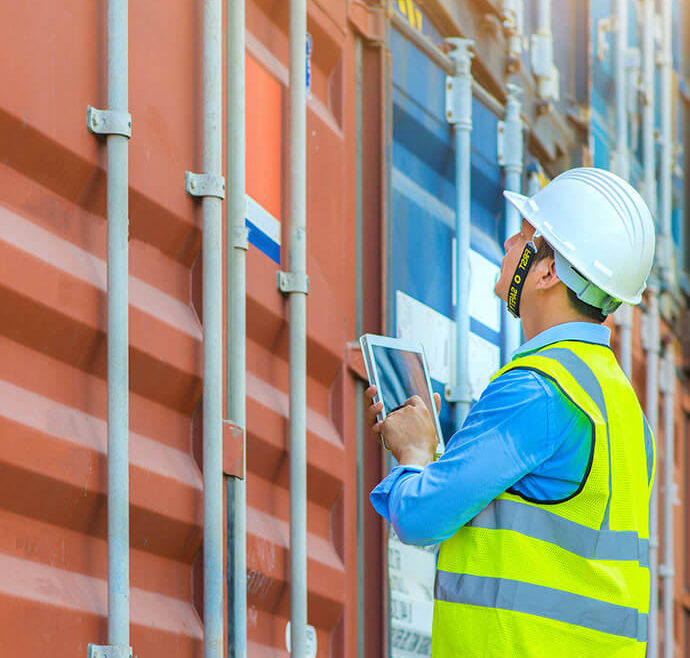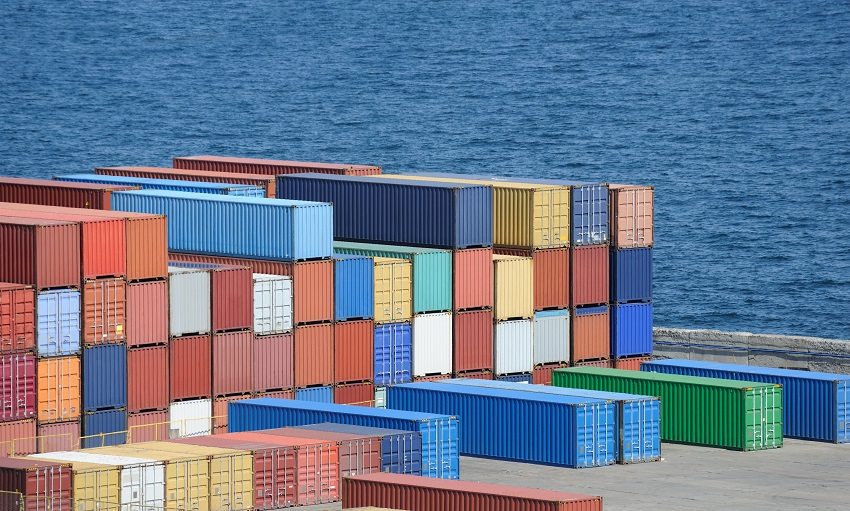As international trade expanded and flourished throughout the 20th century, so too did the complexity of classifying and tracking the immense variety of goods being traded. To navigate these challenges, the World Customs Organization (WCO) devised the Harmonized Tariff System, also known as the Harmonized System (HS) of tariff nomenclature. This internationally standardized system of names and numbers was designed to uniformly classify traded products worldwide.
The Genesis of the Harmonized System
Prior to the implementation of the HS, countries had to rely on regional systems of classification, which were not uniformly applied around the world. The need for a standardized, global system was palpable. The World Customs Organization rose to the challenge, beginning work on a comprehensive worldwide system in 1970. After nearly two decades of development, the HS was introduced in 1988.
How the Harmonized System Works
The HS assigns a six-digit number, known as the HS code, to each type and variety of goods. This code, recognized and used by customs authorities worldwide, ensures the smooth operation of international trade.
The breakdown of the code is as follows:
- The first two digits (HS-2) identify the goods’ category.
- The next two digits (HS-4) identify specific groupings within that category.
- The last two digits (HS-6) go into further detail, identifying the exact nature of the goods.
For instance, in the code 09.02.10: 09 refers to Coffee, Tea, Maté, and Spices; 09.02 specifies Tea, whether or not fermented; and 09.02.10 identifies the product as Green tea (not fermented).
Global Adoption and Updates
The Harmonized System has been adopted by over 180 member countries of the WCO, covering about 98% of all global trade. To date, the system includes around 5,000 commodity groups. To keep up with changes in technology and international trade patterns, the HS is updated every five years. As of my last knowledge update in 2021, the latest version was HS 2022.
Country-Specific Additions
While the six-digit HS code forms a standard basis for product classification, individual countries are allowed to extend the code to a national level. By adding additional digits to the six-digit HS code, they can further differentiate products within a certain category. For example, the United States uses a 10-digit system known as the Schedule B system.
Impact of the Harmonized System
The HS has significantly streamlined international trade. By providing a universal language for classifying goods, it has reduced misunderstandings among traders, simplified the customs process, and improved the quality of trade statistics. The Harmonized System has indisputably become a cornerstone of modern international trade, a testament to the power of global cooperation and standardization.




